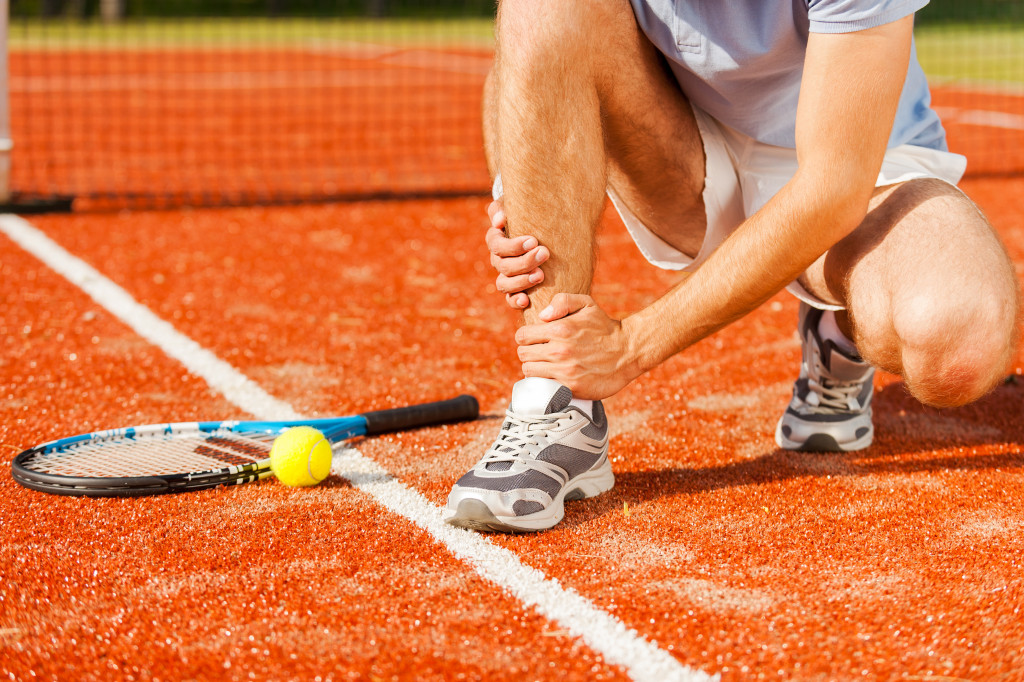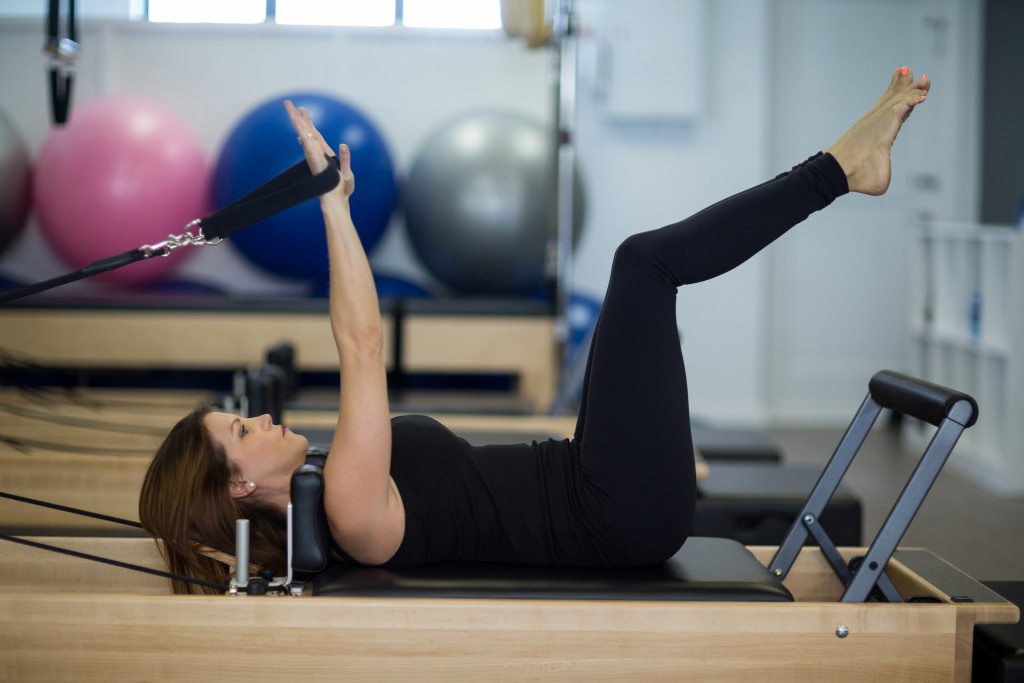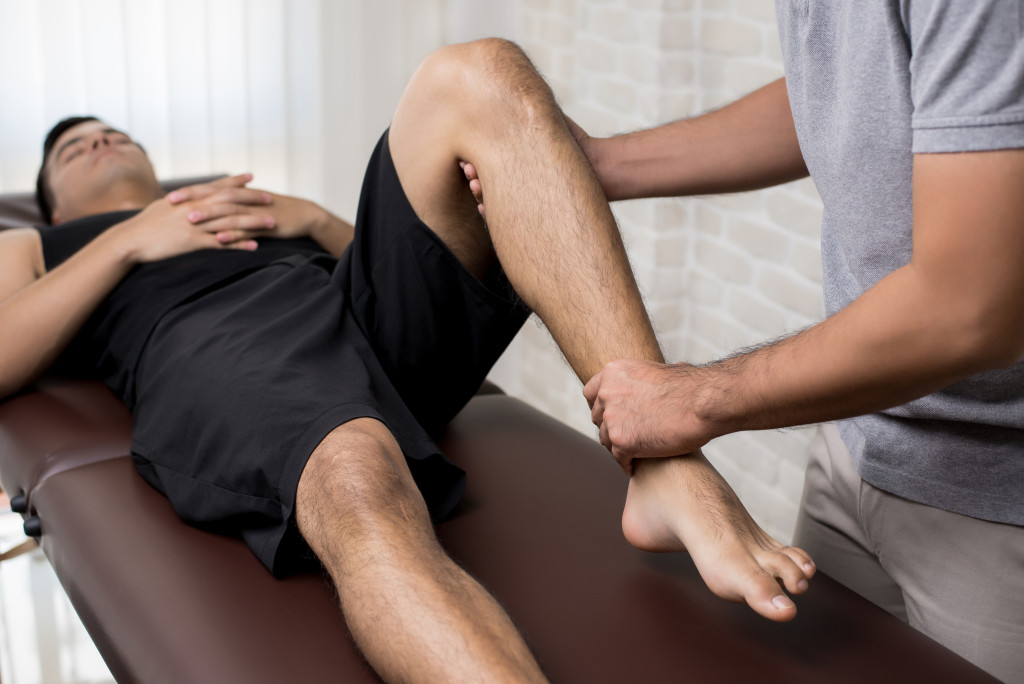- Take an appropriate amount of downtime for rest and recuperation after a setback.
- Fuel your body with nutritious foods and stay hydrated.
- Rebuild strength and flexibility with exercise and proper form.
- Utilize professional therapy to help manage mental stress, physical pain, and discomfort.
- Take time to focus on recovery, so you can get back to peak performance in no time.
As an athlete, you understand the importance of maintaining physical and mental peak performance. Regular exercise and training are essential components of any successful fitness regimen. But what about recovery? What do you do when faced with an injury or other setback? The answer lies in understanding the basics of recovery practices for athletes. Here are some tips on how to rebuild your condition after setbacks.
Rest and Recuperation
One of the most critical aspects of recovery is rest and recuperation. This means taking time off from rigorous activities so that your body can heal and recover. Without it, you may be at risk of further injury or complications.
So, taking an appropriate amount of downtime is essential. It would be best to take a break from physical activity for at least 24 hours after an injury. However, it is also important to remember that while rest is necessary, it should not be excessive; too much rest can cause muscles to weaken or atrophy, leading to further injury or decreased performance.
By balancing rest and activity, you can help ensure that your body is fully recovered before engaging in further physical activity.
Nutrition
Nutrition plays an essential role in recovery. Eating nutrient-rich foods ensures that your body has the energy and resources needed to repair damaged tissues while restoring balance throughout the entire body system. Additionally, proper hydration helps flush out toxins and reduce inflammation.
So make sure you are eating a balanced diet full of whole grains, fruits, vegetables, lean proteins, healthy fats, and plenty of water. These foods will provide the essential nutrients that your body needs to recover from an injury or setback.
Exercise
Physical activity is also a key element in rebuilding one’s condition after setbacks. When done carefully and mindfully, specific exercises can help strengthen weakened muscles and improve the range of motion in joints affected by injuries or other issues.
Working with a personal trainer can help you perform exercises safely and correctly during your journey toward full recovery. Improper training can do more harm than good; that’s why it is essential to ensure that each exercise you do is performed correctly and in the proper form. This way, you can maximize the benefit of each activity and get back to peak performance in no time.
Professional Therapy
No matter the cause of a setback, professional therapy can be an essential part of the recovery process. You must work with several specialists who understand the needs of athletes, including the following:
Mental Health Professionals
Even the slightest setback can cause mental stress. Mental health professionals can help athletes to cope with the frustration of not being able to compete or train at their usual level. Additionally, they can provide strategies and techniques to help manage anxiety, depression, and other symptoms during the recovery process.
Physical Therapists
Recovering from an injury or other issue often requires specialized physical therapy. Physical therapists are trained to assess and develop tailored treatment plans for individual needs. These professionals can also offer advice on proper techniques, exercises, and other activities to help restore strength, flexibility, and balance.
Massage Therapists
Athletes need their muscles to be relaxed and loose in order to perform at their best. However, if muscles become tight, it can lead to pain or discomfort. Massage therapists use specialized techniques, particularly deep tissue massage, to help relax and loosen tense areas of the body, providing relief to the athlete. This way, they can improve blood flow, decrease inflammation and increase the range of motion.
Other Therapies
Depending on the nature of a setback, additional therapies may be needed. Your doctor may suggest alternative treatments such as acupuncture or chiropractic care to alleviate pain and help speed up the recovery process. However, it is essential to note that these therapies should always be discussed with a doctor or healthcare professional beforehand. Doing so will avoid any potential risks.
Recovery practices for athletes are essential components of any successful fitness regimen—but they’re often overlooked. By following the above tips, you can ensure that you take all the necessary steps to rebuild your condition after setbacks. These practices can help you get back to peak performance and continue doing the activities you enjoy.


